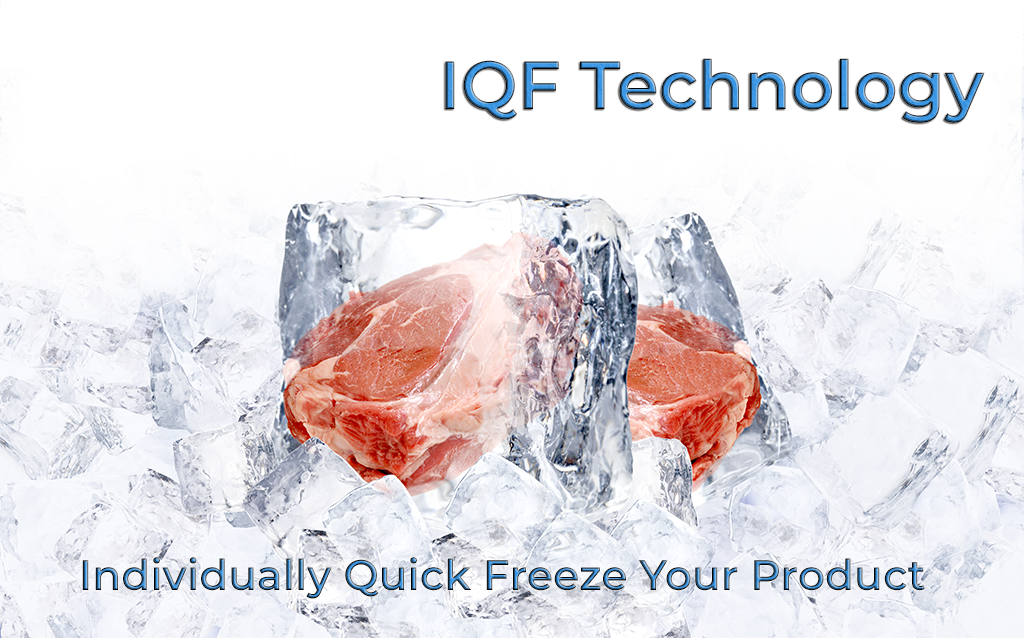Optimal Cold Storage Solutions for Fish Preservation and Distribution Businesses Worldwide
Cold Room Solutions for Fish Storage Companies
In the seafood industry, the freshness and quality of fish are paramount. Unsurprisingly, the proper storage and transportation of fish are vital to maintaining its integrity from the moment it is caught until it reaches the consumer's plate. One of the most effective solutions for ensuring that fish remains fresh is the use of cold rooms. Cold room facilities are integral to fish storage companies, and their importance cannot be overstated.
Cold rooms are temperature-controlled environments designed to preserve perishable goods, and they play a crucial role in the fish supply chain. The optimal storage temperature for most seafood products is between -1°C to 4°C (30°F to 39°F). This temperature range inhibits the growth of harmful bacteria while retaining the fish's freshness and flavor. By investing in high-quality cold storage solutions, fish storage companies can prolong the shelf life of their products, reduce waste, and ultimately increase profitability.
Cold Room Solutions for Fish Storage Companies
Furthermore, humidity control is another key consideration in cold room design. Fish is highly sensitive to moisture levels, and too much humidity can lead to spoilage, while too little may cause dehydration. Thus, implementing humidity control systems within cold rooms is vital to preserving the natural texture and quality of fish. By precisely monitoring both temperature and humidity levels, companies can create an ideal storage environment that meets the specific needs of various types of seafood.
cold room for fish storage companies

In addition to storage, cold rooms also play a significant role in the transportation of fish. Many fish storage companies rely on cold room trucks designed to transport seafood products to retail outlets and restaurants. These vehicles are equipped with state-of-the-art refrigeration systems and insulation to maintain optimal temperatures during transit. Ensuring that the fish remains at the correct temperature en route minimizes the risk of spoilage and guarantees quality upon arrival.
Another essential aspect of cold rooms is their compliance with food safety regulations. The fish industry is subject to stringent health regulations to protect consumers from foodborne illnesses. Cold room facilities must adhere to these regulations by implementing monitoring systems that track temperature and humidity levels, ensuring they remain within safe ranges. Regular maintenance and inspections of cold storage systems are crucial elements in meeting these regulatory standards and ensuring the safety of the fish stored within.
Moreover, as sustainability becomes increasingly important in the seafood industry, cold room technology is evolving to support eco-friendly practices. Energy-efficient refrigeration units and the use of renewable energy sources are becoming commonplace. By reducing energy consumption, fish storage companies can lower their carbon footprint while operating more cost-effectively.
In conclusion, cold rooms are indispensable assets for fish storage companies, ensuring the preservation of quality seafood from ocean to table. With proper design, effective temperature and humidity control, and a focus on sustainability, these facilities play a vital role in enhancing the overall efficiency and reputation of fish storage operations. As the seafood industry continues to grow, embracing innovative cold storage solutions will be essential for meeting consumer demands and adhering to industry standards.
















































































































